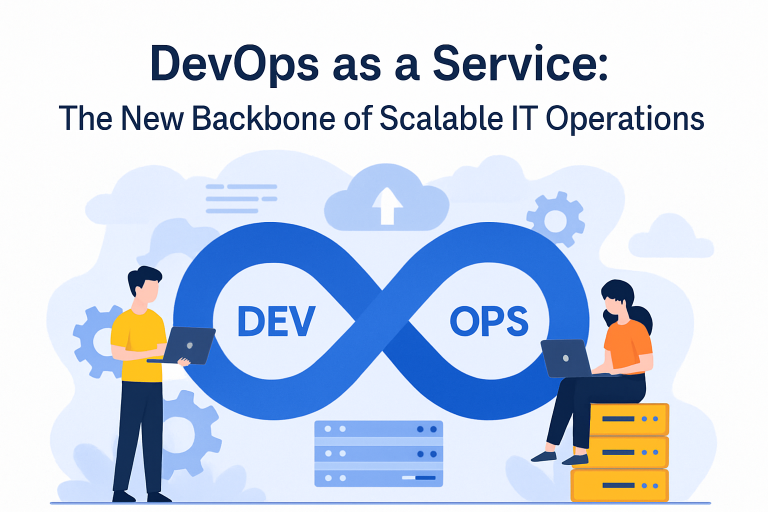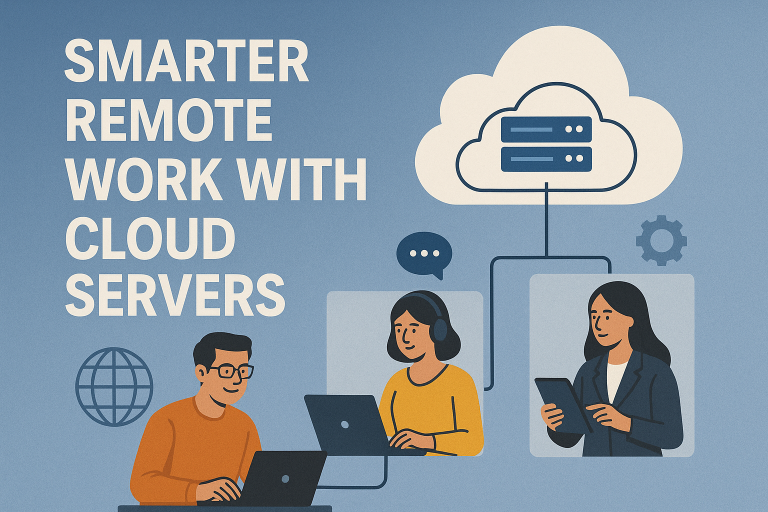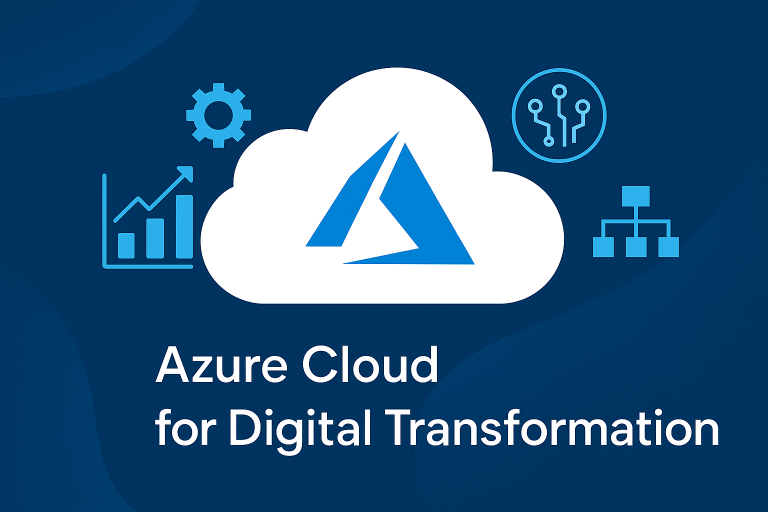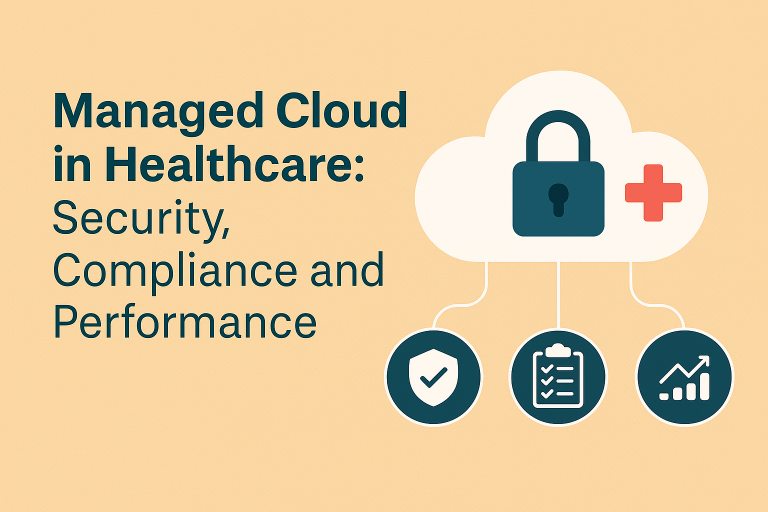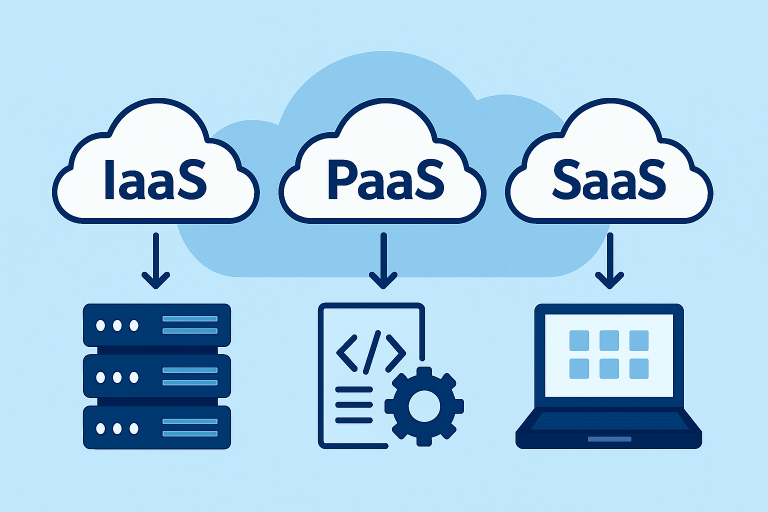
Rethinking Security in Modern Software Delivery
The way we build and deliver software has transformed dramatically over the past decade. Applications are no longer released in quarterly cycles. They are continuously updated, deployed to cloud-native environments, and expected to be both feature-rich and secure.
Unfortunately, security practices have not always evolved at the same pace. Many organizations still operate under the outdated model of “develop first, test for security later.” This leads to situations where vulnerabilities are discovered far too late—sometimes after the software is already in production.
The costs of this reactive approach are substantial:
- Extended remediation timelines—late fixes require redesign, regression testing, and coordination across multiple teams.
- Loss of productivity — Engineers are pulled from planned work to address urgent vulnerabilities.
- Regulatory penalties — Delayed discovery can lead to compliance violations.
- Brand and trust damage — A single public breach can undermine years of customer loyalty.
The industry’s answer is Shift-Left Security — a proactive, DevSecOps-driven strategy that integrates security into every stage of the software development lifecycle (SDLC).
What “Shift-Left” Really Means
When the SDLC is mapped out linearly — plan → design → develop → test → deploy — the “left” side represents early phases. Traditionally, security was performed toward the right (just before deployment). Shift-left moves these activities earlier.
In practice, shifting left means:
- Performing security threat modeling during planning.
- Writing secure code from the start, aided by integrated scanning tools.
- Automating vulnerability detection in the CI/CD pipeline as a service environment.
- Scanning infrastructure definitions before they create security exposures.
Why this works:
Finding a flaw early may take minutes to fix. Finding it after release can require weeks of urgent work, possible downtime, and reputational recovery efforts.
Why Shift-Left Security Is Non-Optional in 2025
The pace and complexity of modern software delivery make late-stage security impractical.
1. Complexity of Cloud-Native Architectures
Applications today are distributed across multiple services, often orchestrated by Kubernetes and spanning several cloud providers.
A single misconfigured role, open port, or network policy can become an entry point for attackers.
Example: An overly permissive Kubernetes ClusterRole could allow a compromised service to gain administrative control over the entire cluster. Early Infrastructure-as-Code (IaC) scanning detects these issues before deployment.
2. Software Supply Chain Vulnerabilities
Most projects use open-source dependencies, container base images, and third-party integrations. These improve productivity but also create dependency risk.
High-profile supply chain attacks — such as malicious code injections into popular packages — have shown that a single compromised library can impact thousands of applications.
Implementing Software Composition Analysis (SCA) during build time ensures vulnerable or malicious components are flagged and replaced before integration.
3. The High Cost of Late Discovery
According to IBM’s 2024 Cost of a Data Breach Report, fixing a flaw in production is up to 30 times more expensive than resolving it during coding.
And late discovery often triggers mandatory disclosure to regulators, causing public scrutiny and legal exposure.
Core Practices for Effective Shift-Left Security
1. Security-Driven Code Reviews
Code reviews should include a structured security checklist that covers:
- Input validation to prevent injection attacks.
- Secrets management to avoid exposing credentials.
- API security to ensure proper authentication and encryption.
Practical tip: Integrate IDE plugins such as Snyk Code, SonarLint, or GitHub Advanced Security so developers receive immediate feedback as they write code.
2. Automated Security Gates in CI/CD
Security checks can be embedded directly into CI/CD pipelines to block builds that contain critical vulnerabilities.
Common pipeline checks include:
- SAST (Static Application Security Testing) — Analyzes source code for security flaws without running the application.
- SCA (Software Composition Analysis) — Flags outdated or vulnerable dependencies.
- Container image scanning — Detects vulnerabilities in Docker layers.
- IaC scanning — Validates cloud configuration before provisioning.
Here, organizations that have adopted DevOps as a service often gain an edge, as their delivery pipelines come pre-integrated with automated security gates and policy enforcement mechanisms.
3. Infrastructure-as-Code Security Scanning
Cloud resources should be created only after their configuration files have passed security validation.
Example:
A Terraform script creates an AWS S3 bucket. An IaC scanner (e.g., Checkov, Terrascan, or tfsec) detects that the bucket is publicly accessible. The developer fixes it before deployment, avoiding a potential data leak.
Deep Dive: Key Tool Categories in Shift-Left Security
To fully implement Shift-Left Security, teams should understand the main categories of security tools and how they fit into the pipeline.
Static Application Security Testing (SAST)
- Purpose: Detect vulnerabilities in source code without executing it.
- Best use: Early in development, integrated into IDEs and pre-commit hooks.
- Examples: Snyk Code, SonarQube, Fortify.
- Common findings: SQL injection, XSS, hard-coded secrets.
Software Composition Analysis (SCA)
- Purpose: Identify vulnerabilities in open-source dependencies and license compliance issues.
- Best use: During build and dependency management stages.
- Examples: Snyk Open Source, WhiteSource, OWASP Dependency-Check.
- Common findings: Outdated libraries with CVEs, GPL-licensed code in commercial products.
Dynamic Application Security Testing (DAST)
- Purpose: Test running applications for vulnerabilities by simulating external attacks.
- Best use: In staging or pre-production environments.
- Examples: OWASP ZAP, Burp Suite, Netsparker.
- Common findings: Broken authentication, insecure session handling, misconfigured headers.
IaC Scanning
- Purpose: Detect insecure cloud infrastructure configurations before deployment.
- Best use: On every infrastructure change commit.
- Examples: Checkov, Terrascan, tfsec, AWS Config rules.
- Common findings: Publicly exposed storage, overly broad IAM permissions.
Example: End-to-End Shift-Left Security Pipeline
A mature Shift-Left Security pipeline might look like this:
- Pre-commit hooks run SAST scans in the developer’s IDE.
- Pull request stage runs SAST + SCA and posts results as code review comments.
- Build stage runs container image scanning with Trivy or Grype.
- IaC stage runs Checkov to validate Terraform and Kubernetes manifests.
- Staging stage runs automated DAST with OWASP ZAP.
- Approval stage requires no high-severity vulnerabilities before deployment.
This continuous security enforcement ensures vulnerabilities are addressed as soon as they are introduced — not after release.
The Role of AI in Shift-Left Security
By 2025, AI-driven security is moving from experimental to essential.
Modern tools can:
- Predict where vulnerabilities are likely to occur based on commit history.
- Recommend secure coding alternatives in real time.
- Automatically suppress false positives to reduce alert fatigue.
- Generate secure IaC templates based on policy.
For example, AI-assisted code review can suggest replacing vulnerable functions with safe library methods, improving both speed and accuracy.
Cultural Foundations for Shift-Left Success
Shifting left is not just about tools — it’s about people and process.
Best cultural practices:
- Train developers in common vulnerability patterns (OWASP Top 10, CWE/SANS Top 25).
- Integrate security champions into every scrum team to advocate for best practices.
- Reward secure coding as part of performance evaluations.
- Foster collaboration between Dev, Sec, and Ops rather than treating security as an external gate.
For many organizations, building such a culture is easier when supported by Managed IT services teams that can handle routine operational tasks, freeing in-house engineers to focus on secure development and continuous improvement.
Overcoming Common Adoption Barriers
Developer resistance:
Embed security into existing tools and workflows to minimize disruption.
Excessive false positives:
Choose scanners with machine learning–based prioritization and allow rule customization.
Skill gaps:
Provide hands-on labs, gamified challenges, and regular workshops.
Conclusion: Security Starts Where Code Starts
Modern software moves fast — cloud-native systems, microservices, and containerized workloads can go from idea to production in days. But speed without security is a gamble most businesses can’t afford. Waiting until the end of the development cycle to run security checks is like inspecting a ship for leaks after it has already set sail. By then, the smallest flaw can turn into a costly disaster.
Shift-Left Security flips that old mindset on its head. Instead of treating security as a final hurdle, it weaves protection into the fabric of development from day one. Developers get instant feedback when they write risky code, infrastructure is scanned before it ever goes live, and security becomes part of every decision — not a separate, last-minute task. The result is software that’s not just functional, but resilient, reliable, and ready for the real world.
More than tools and automation, this is a cultural change. It’s about creating teams where developers, security engineers, and operations staff work side-by-side, owning the safety of what they build. When security is everyone’s job, it stops being a blocker and starts being a competitive advantage. And in a world where trust is everything, building secure software from the very first commit isn’t just good practice — it’s good business.


